In a nutshell, concentrates are simply condensed forms of cannabis in which the active ingredients are produced in a more concentrated form than they appear in the simple cannabis plant as a whole. Kief is actually the simplest type of cannabis concentrate.
Other examples of concentrates include hash, BHO, and carbon dioxide extraction concentrates. Technically, tinctures and edibles are also concentrates, but in this article the focus will be on the types of concentrates that can be smoked or vaped.
What are the different concentrates?
Can these be self-produced at home? How are they best consumed? Before delving further into this, a brief exploration of cannabis concentrates is useful to know.
History of Cannabis Concentrates
Despite their reputation for being a modern “invention” or novelty concept, concentrates are actually far from being such.
They originated in the ancient world, in the form of hashish or hash. Originally found in China, it was also in use in India and the Middle East. It even appeared in such famed writings as the Tales of a Thousand and One Nights. Hash didn’t actually arrive in Europe until the 18th century, where such writers as Gmelin detailed its healing effects. And hash’s popularity continued to grow after the Napoleonic Wars.
In Paris, the famed “Club des Hashischins,” was founded by the city’s intellectual classes, with an entire community springing up around the use of the drug. The club was frequented by such illustrious personages as the likes of Baudelaire, Victor Hugo, Dumas etc. Meanwhile, hash also caused something of a stir within the medical community, with the likes of Samuel Hahnemann - the founder of homeopathy - arguing for its effectiveness as early as 1811, and by the late 1800s, hash was being used to treat a variety of ailments, including insomnia, pain, migraines, and menstrual problems.
With the intensification of the 20th century drug ban, hash would soon become a target for illegalisation. The 1961 United Nations Convention on Drugs made hash a criminalised substance worldwide, and with it brought the end the golden age of legal hash. It was thus forced underground, with Morocco becoming one of the world's leading exporters.
At the time, it was delivering large quantities of low-quality hash to the world. Since the 1990s, however, Afghanistan has regained its position as a leading exporter, and also reintroduced quality hash to the global market. Whilst the hash was forced into illegality, a new and exciting form of concentrate was born.
In the 1970s, alcohol, activated carbon, and honey were often used to produce “hash oil,” which had higher than traditional hash levels of THC. It quickly became popular and was even featured in the CIA’s mind-control experiments as a potential agent to alter and regulate thinking. Much of the history of concentrates has been focused for the past 20 years, with instructions for butane extraction, for instance, first circulating on the Internet back in 1999.
By 2005, Budderking in Canada began promoting both dabbing equipment use and budder manufacturing techniques; these allowed for fast and efficient consumption of concentrates. Since then, hash oils have continued to become ever more sophisticated
Type of Concentrates
Concentrates fall into a couple of key categories: there are extract-based and extract-free varieties.
Extract-based concentrates are prepared using a solvent and thus are most often referred to as being a hash “oil”. Extract-free types, on the other hand, include hash, hash resin and kief. Whilst bubble hash is not technically considered an extract, it uses water like a solvent – however, in cannabis cultivation, h20 is not considered to be a solvent. There are a couple of ways to categorize extracts: by solvent and by consistency.
Some solvent-based varieties are Butane Hash Oil, which utilises butane as a solvent; Propane Hash Oil, in which propane serves as the solvent, and CO2-based extractions that use supercritical CO2. Lastly, there are alcohol-based extracts, as well.
It is also possible to categorise extracts by texture: waxy, gummy, hard, caramel-like or stringy, etc. By varying the extract’s rate of cooling, it is possible to create different consistencies to the extract during manufacture. Contrary to the commonly held belief that consistency has an effect on the medicinal or psychotropic properties of the extract, this is actually incorrect.
Efficiency of Concentrates
Concentrates are made by breaking the delicate trichomes of the cannabis flower and compressing the various ingredients. This means that they are rich in cannabinoids and terpenes, which provide the effects of cannabis.
Concentrates are popular for two reasons: one is that the levels of THC they contain far exceeds even the leading and strongest varieties of cannabis, making them much more powerful as a narcotic. On the other hand, they are richer in medicinal cannabinoids and terpenes, thereby increasing the therapeutic effects of the cannabis. Potency is the greatest strength of a concentrate, but can also be its greatest drawback in the hands of an inexperienced user. Therefore, those new to concentrates should start out with low doses and gently ease their way up incrementally.



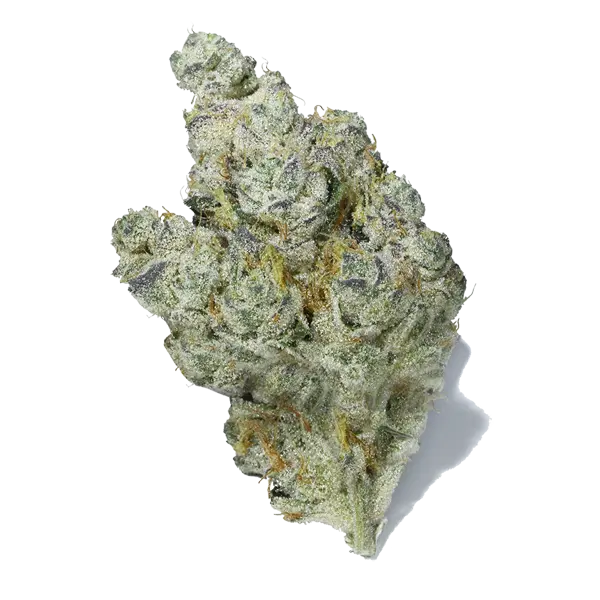
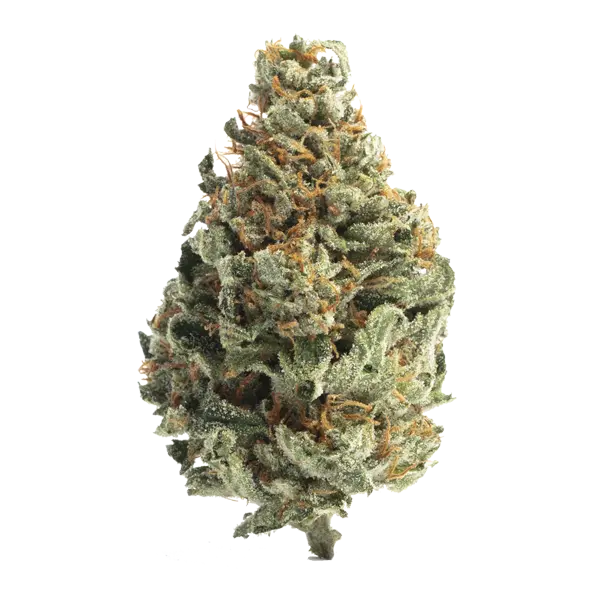
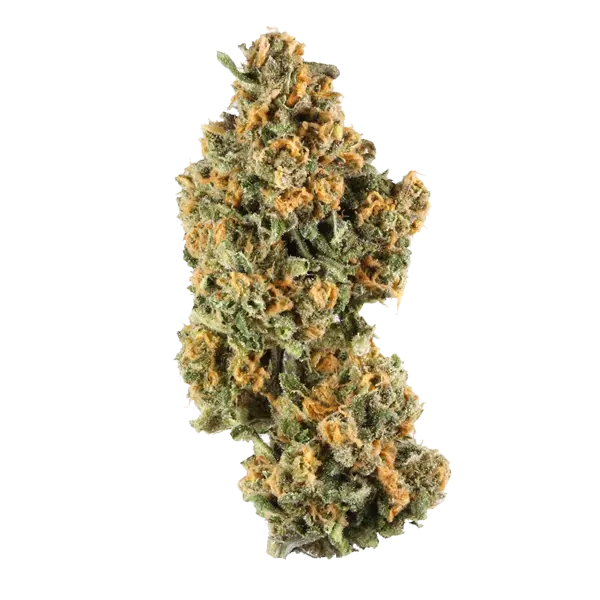

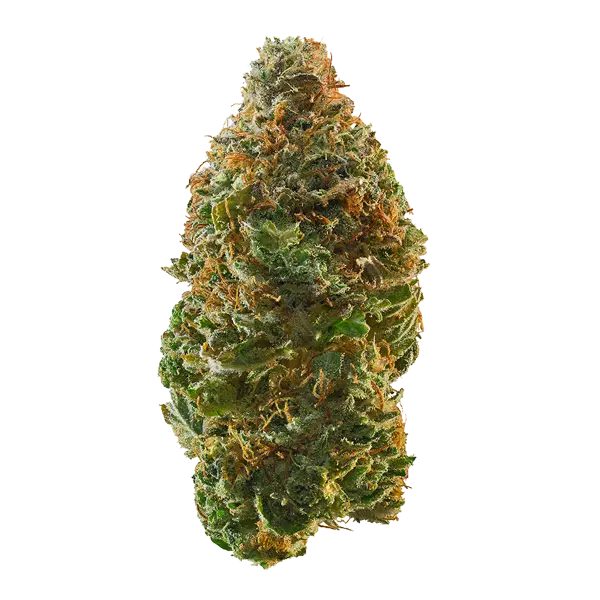

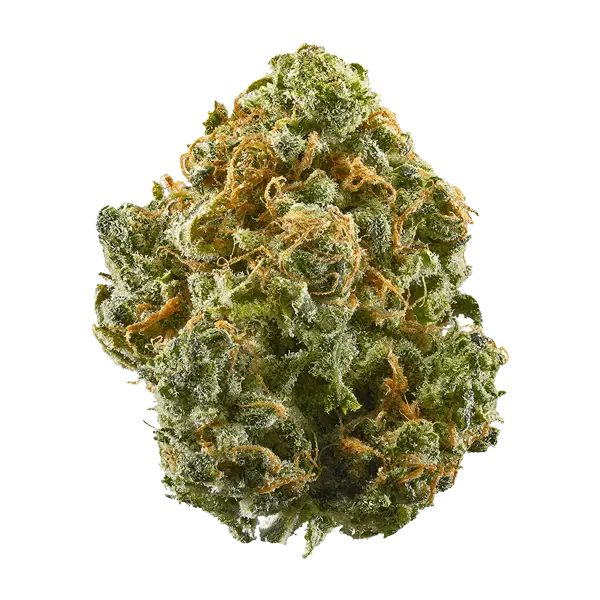

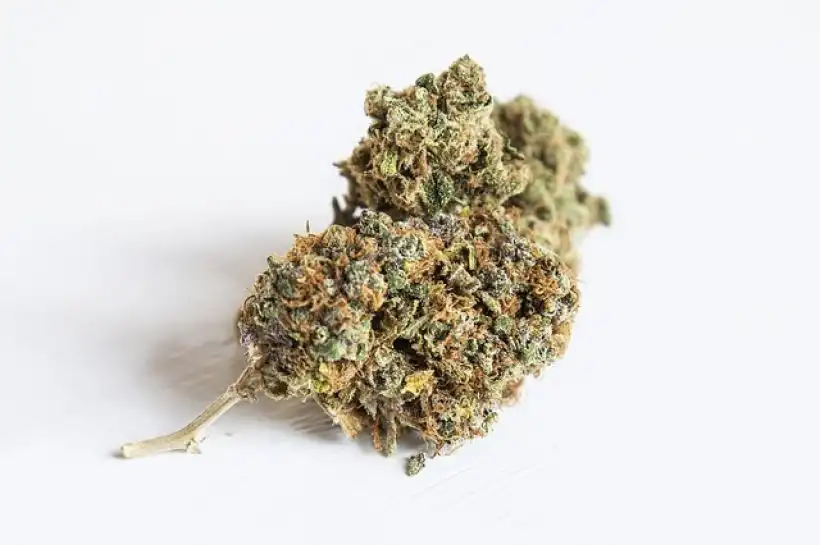





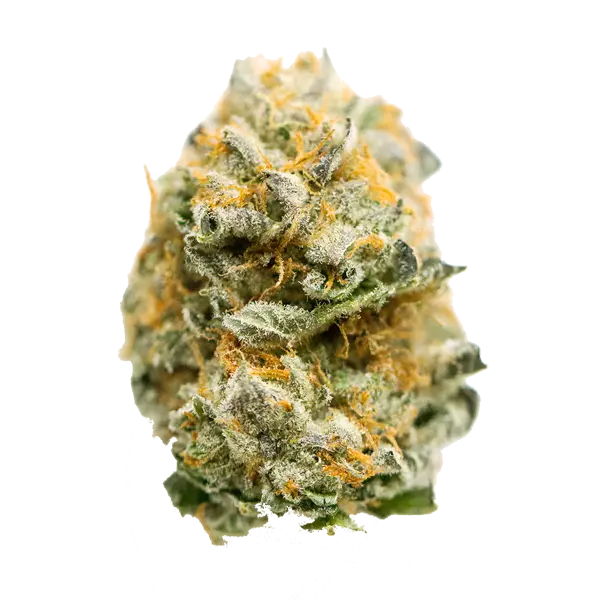
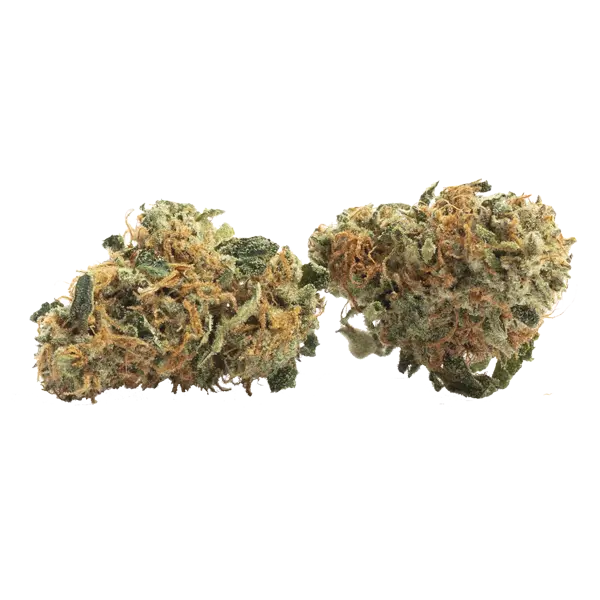
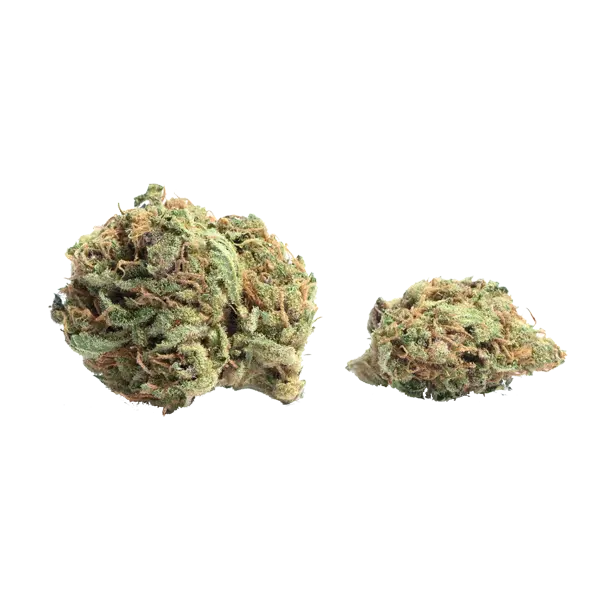






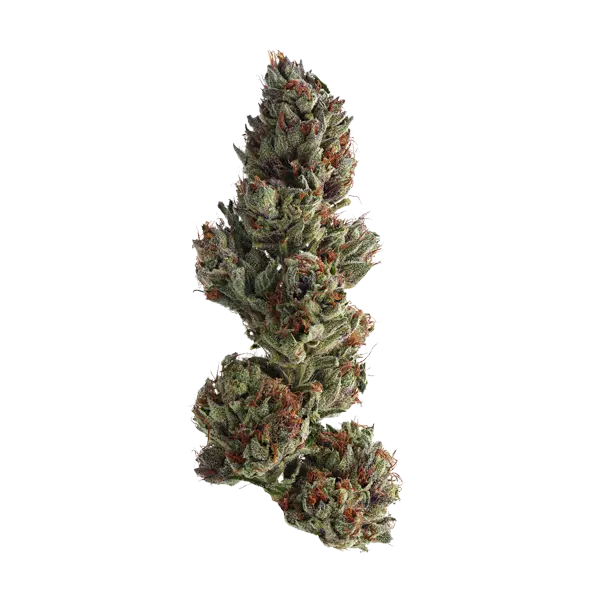



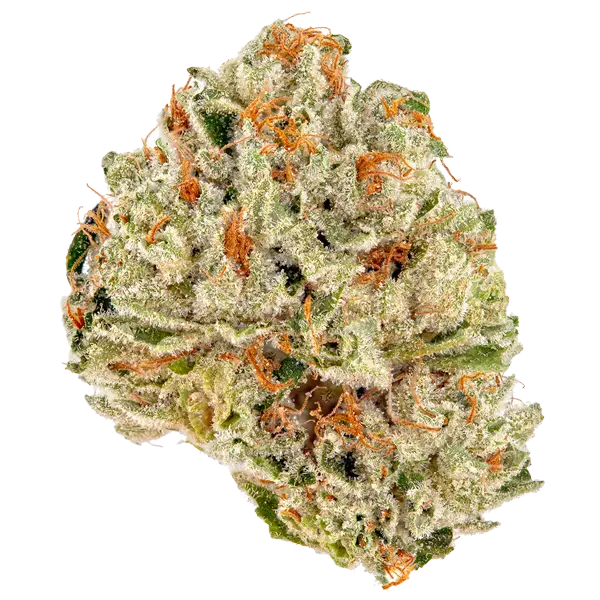
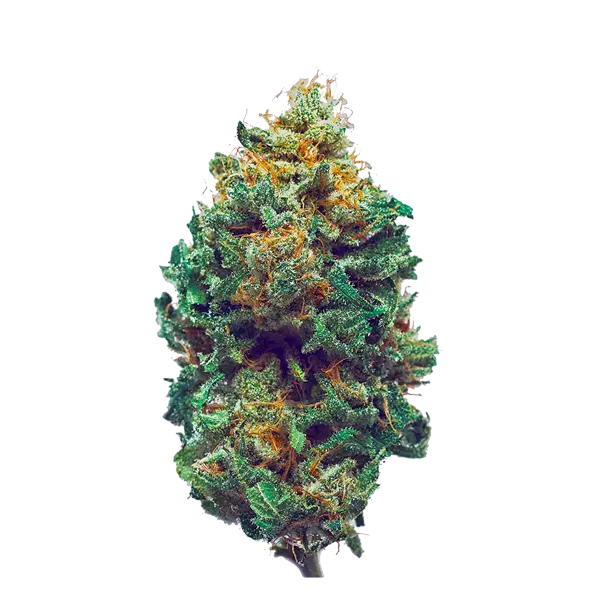
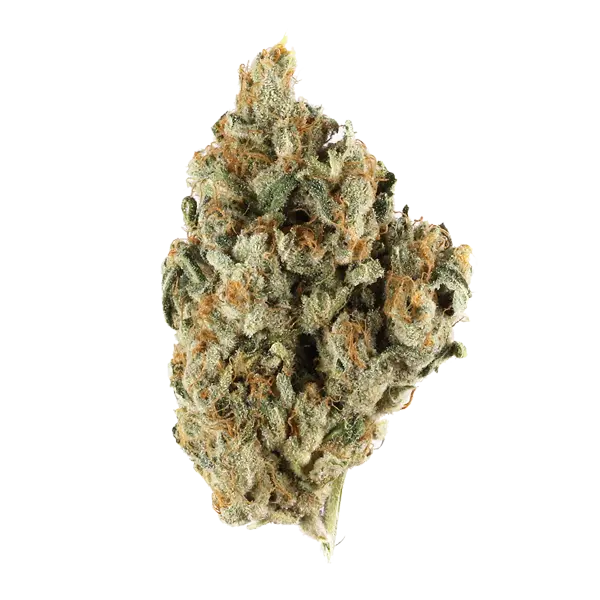

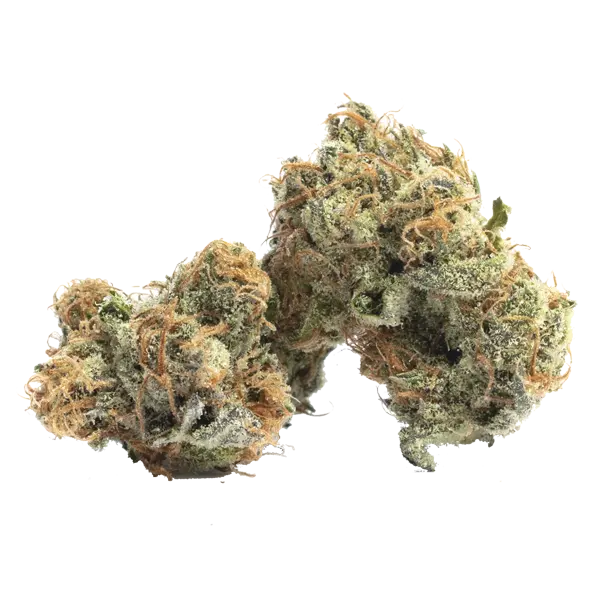
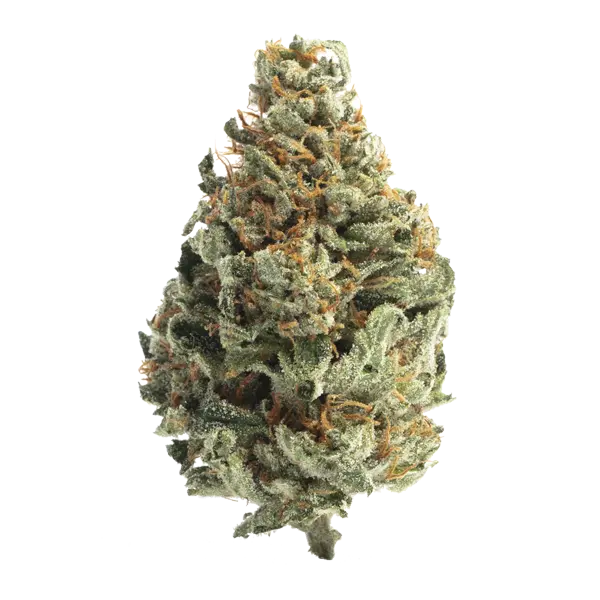
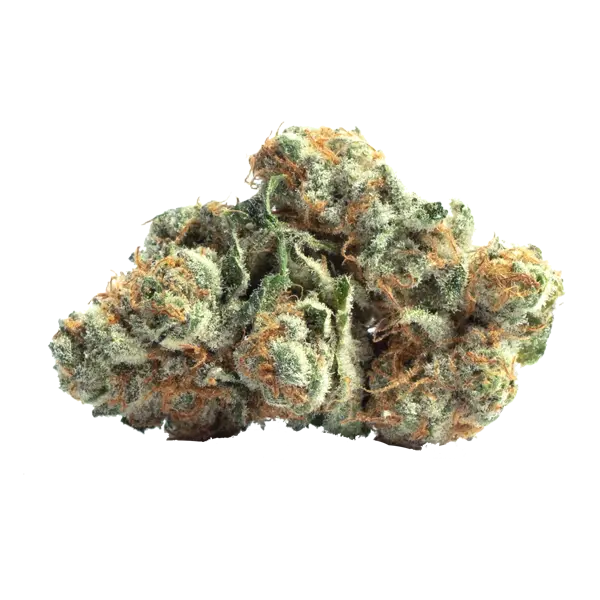
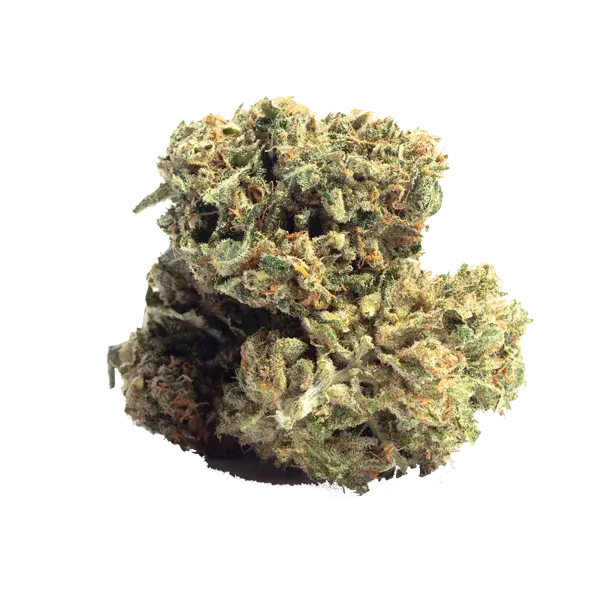
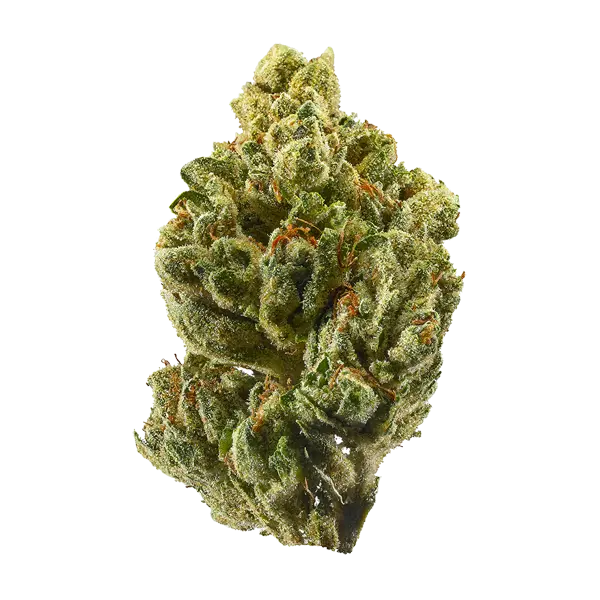
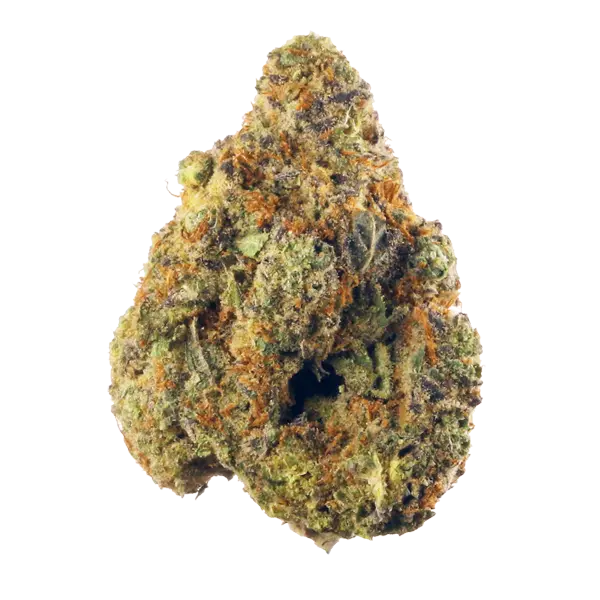
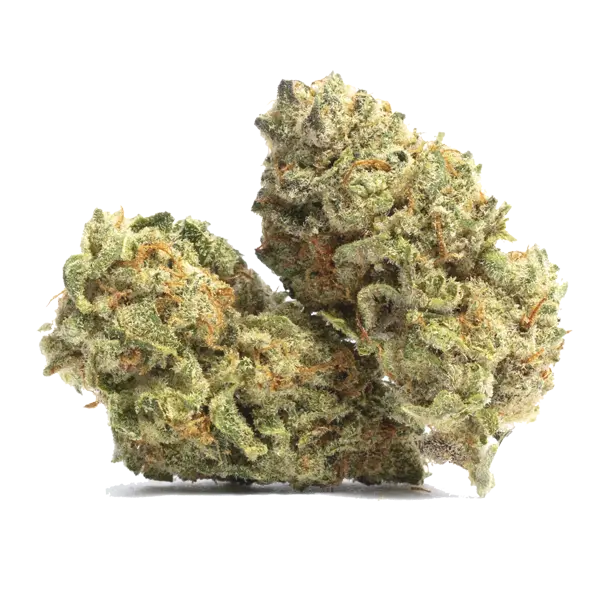
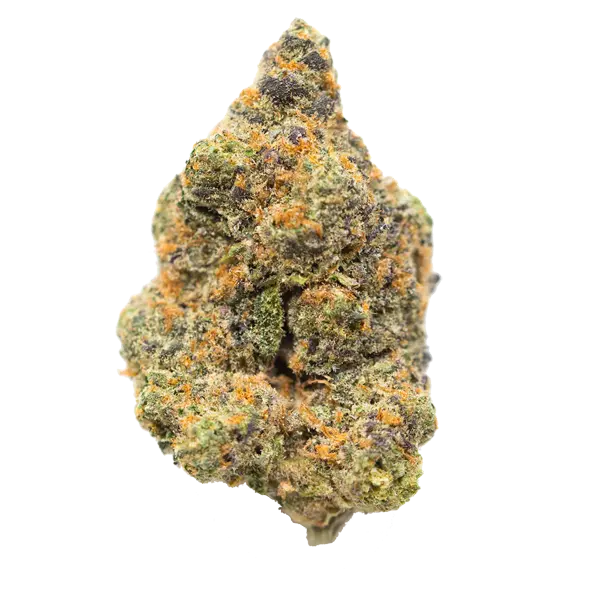
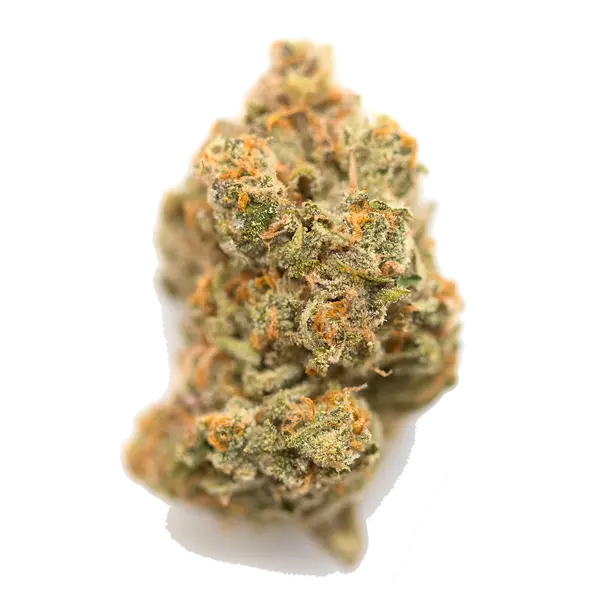
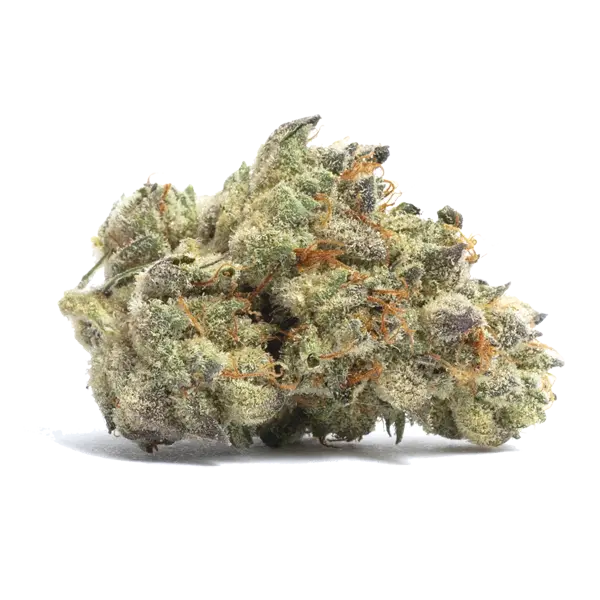
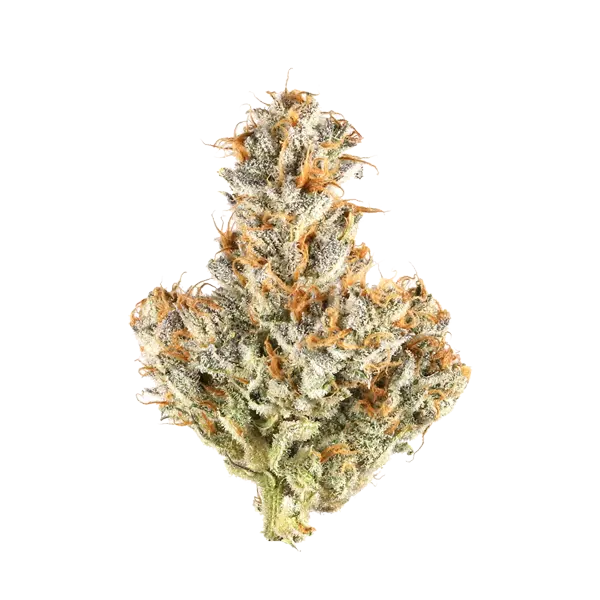
















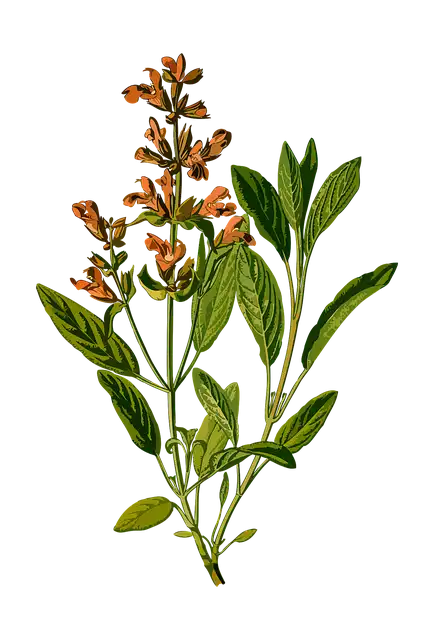

 Cannabis Light – What is it and Why is it Popular?
Cannabis Light – What is it and Why is it Popular? Is Your Product Overly Dry? Rehydrate Those Cannabis Buds
Is Your Product Overly Dry? Rehydrate Those Cannabis Buds








